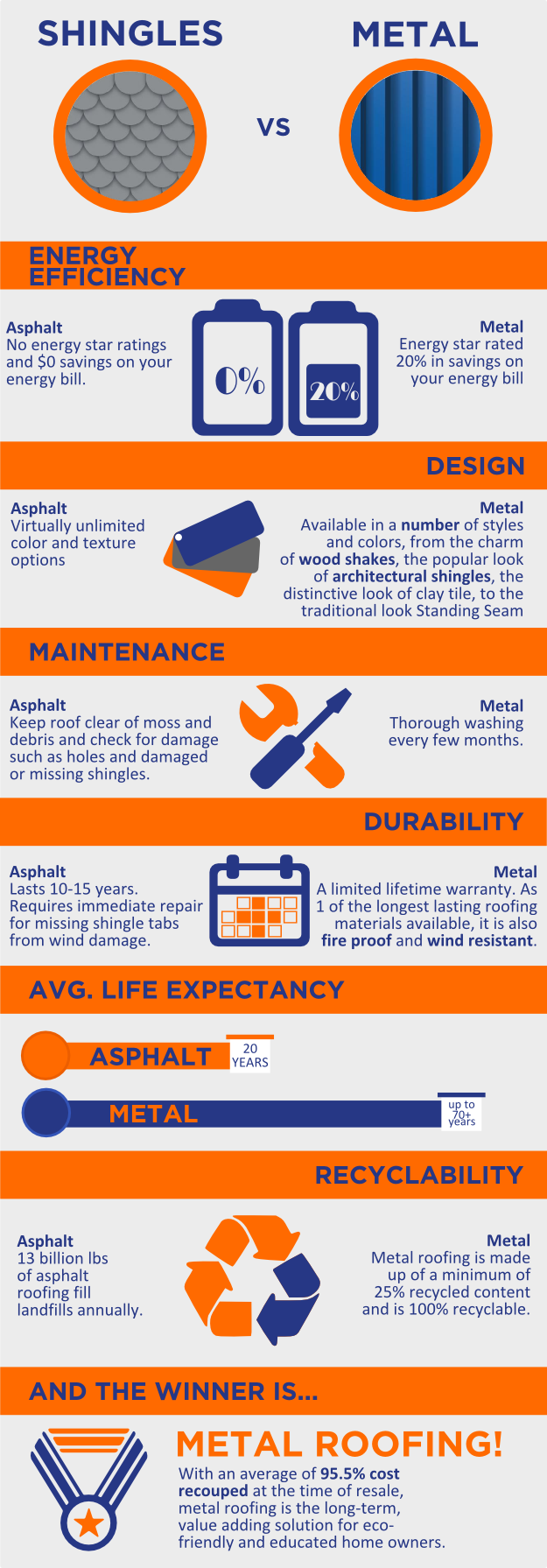When thinking about the costs of solar setup, you might question the upfront investment required and whether it lines up with the possible lasting advantages. Understanding the intricacies of these costs and the different elements influencing the general return can shed light on the worth proposition of transitioning to solar energy. By assessing both the preliminary configuration costs and the predicted savings over time, you can gain insight into whether the investment in solar installment holds promise for your economic future.
First Configuration Expenses
When thinking about the prices of solar installment, the first setup costs play an important role in your decision-making procedure. These in advance expenses consist of the price of photovoltaic panels, inverters, mounting equipment, and setup labor.
The rate of photovoltaic panels can differ depending upon the brand name, efficiency, and dimension you choose. Inverters are vital for converting the sunlight's energy into useful electrical energy and be available in various types such as string inverters, microinverters, and power optimizers, each with its very own price implications.
Mounting equipment, such as shelfs and rails, is essential to securely install solar panels on your roofing or property.
The installment labor expense covers the expert installment of the planetary system, making certain that every little thing is established properly and efficiently. Bear in mind that while these preliminary setup expenses may seem high, there are usually refunds, tax rewards, and funding options readily available to help offset the costs and make solar installation much more inexpensive in the future.
Long-Term Cost Savings Analysis
To understand the monetary benefits of solar setup over time, it's essential to perform a detailed long-term cost savings evaluation. While the preliminary configuration costs of photovoltaic panels may appear overwhelming, the long-term cost savings can exceed these prices considerably. By taking advantage of the power of the sunlight to produce electrical power for your home, you can potentially save thousands of bucks on your utility bills over the life expectancy of your solar system.
Among the key factors to consider in a lasting savings evaluation is the decrease in your electrical power costs. With photovoltaic panels, you can generate your electricity, reducing and even eliminating your reliance on the grid. This can bring about considerable financial savings, specifically as utility rates remain to climb.
In addition, many governments supply rewards such as tax credit reports and rebates for installing solar panels, even more improving your lasting cost savings. By benefiting from these motivations and maximizing your solar power production, you can appreciate substantial monetary advantages for many years ahead.
Return on Investment Estimation
Thinking about the financial benefits of solar installment, it's time to evaluate the Return on Investment (ROI) computation. Figuring out the ROI entails contrasting the overall costs of installing a solar system with the financial benefits it produces over its life expectancy.
To calculate ROI, separate the web profit from the system by the overall investment price and increase by 100 to get a percentage. The ROI formula is: (Web Profit/ Total Investment Price) x 100.
For example, if the overall expense of setting up a planetary system is $20,000, and over its lifespan, it produces financial savings and earnings totaling $30,000, the net earnings would certainly be $10,000. Splitting this by the complete investment expense of $20,000 offers a proportion of 0.5. Increasing this by 100 gives an ROI of 50%.
Normally, a higher ROI indicates a more economically fulfilling financial investment. Aspects like government motivations, maintenance costs, and power rate variations can influence the ROI of solar installations. Comprehending the ROI helps in assessing whether purchasing solar power deserves it over time.
Conclusion
To conclude, understanding the costs of solar installment is important for figuring out if it is worth the financial investment. By taking into https://www.ecowatch.com/solar/worth-it/ca , carrying out a long-lasting financial savings analysis, and calculating the roi, you can make an informed decision about the economic value of solar power. With higher power solar energy company for decreased utility costs and increased power self-reliance, buying solar installment can be a clever option for both your wallet and the environment.
